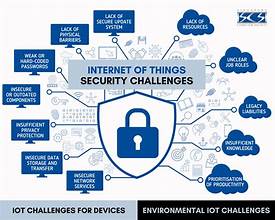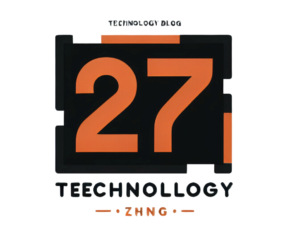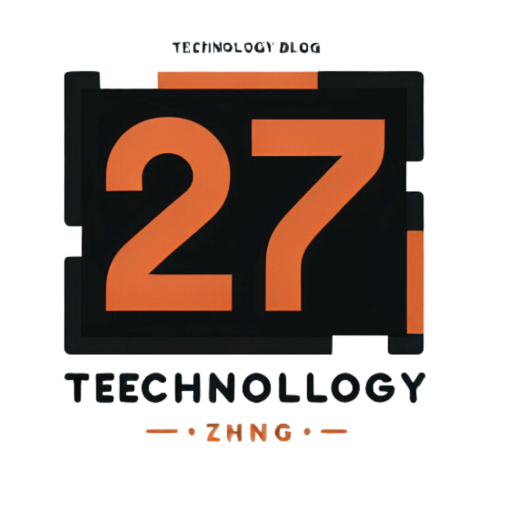
The Internet of Things (IoT) has rapidly integrated into our daily lives, connecting everything from smart home devices to industrial systems. As we move further into 2024, the IoT landscape continues to evolve, bringing both advanced capabilities and heightened security risks. In this article, we’ll explore the top IoT security threats of the year and provide actionable tips to help you protect your smart devices.
1. Ransomware Attacks
Ransomware attacks have become increasingly sophisticated, targeting not just traditional IT systems but also IoT devices. These attacks encrypt the data on your devices and demand a ransom for decryption keys. IoT devices, often with limited security features, are attractive targets for cybercriminals. To mitigate this risk, ensure that your IoT devices have the latest firmware updates and use strong, unique passwords. Consider employing a reputable security solution that can provide real-time protection.
2. IoT Botnets
IoT botnets involve networks of compromised devices used to launch large-scale cyberattacks, such as Distributed Denial of Service (DDoS) attacks. These botnets exploit vulnerabilities in IoT devices to create a network of bots that can overwhelm and disrupt services. To protect against botnets, regularly update your device firmware, change default passwords, and use network segmentation to isolate IoT devices from critical infrastructure.
3. Insecure Device Interfaces
Many IoT devices have insecure interfaces, such as web or mobile applications, which can be exploited by attackers to gain unauthorized access. Weak or poorly implemented authentication mechanisms can expose your devices to unauthorized control or data theft. Always use strong authentication methods, such as multi-factor authentication (MFA), and review the security settings of your device interfaces regularly.
4. Data Privacy Violations
IoT devices often collect and transmit sensitive data, raising concerns about data privacy. Hackers can intercept this data, leading to privacy breaches and identity theft. To safeguard your data, use encryption to protect data in transit and at rest. Ensure that your IoT devices comply with data protection regulations, such as GDPR or CCPA, and be cautious about the data you share with IoT applications.
5. Physical Attacks
Physical attacks on IoT devices, such as tampering or theft, can compromise device security. Attackers who gain physical access to your devices may be able to extract data, alter device functionality, or install malicious software. To reduce the risk of physical attacks, secure devices in inaccessible locations and use tamper-evident seals.
6. Lack of Standardization
The lack of standardization in IoT security protocols can lead to inconsistent security practices across different devices and manufacturers. This inconsistency can create vulnerabilities that are exploited by attackers. To address this, follow best practices for IoT security and choose devices from manufacturers that prioritize security and offer regular updates.
7. Firmware Vulnerabilities
Outdated or vulnerable firmware is a common entry point for attackers. Many IoT devices have long lifecycles, and their firmware may not be updated regularly, leaving them exposed to known exploits. To protect against firmware vulnerabilities, enable automatic updates if available, and manually check for firmware updates regularly.
8. Unsecured APIs
Application Programming Interfaces (APIs) are used to connect IoT devices and enable communication between them. Unsecured APIs can be exploited to gain unauthorized access or disrupt services. Ensure that your IoT devices use secure APIs with proper authentication and authorization mechanisms.
9. Weak Authentication Mechanisms
Many IoT devices use weak or default authentication methods, such as simple passwords or no authentication at all. This makes it easier for attackers to gain control of your devices. Always use strong, unique passwords and consider implementing additional security measures, such as MFA, to enhance authentication.
10. Supply Chain Risks
The supply chain for IoT devices includes various stages, from manufacturing to distribution. Vulnerabilities or malicious modifications introduced at any stage can compromise device security. To mitigate supply chain risks, source devices from reputable manufacturers and ensure they undergo thorough security assessments.
Best Practices for IoT Security
- Regularly Update Firmware: Keep your devices up-to-date with the latest security patches and firmware updates.
- Change Default Passwords: Use strong, unique passwords for each device and avoid using default or easily guessable passwords.
- Employ Network Segmentation: Isolate IoT devices on separate networks from critical infrastructure to limit the impact of potential breaches.
- Use Encryption: Encrypt data both in transit and at rest to protect sensitive information from unauthorized access.
- Monitor Device Activity: Implement monitoring tools to track unusual or suspicious activity on your IoT devices.
- Implement Multi-Factor Authentication (MFA): Add an extra layer of security to your device access by requiring multiple forms of authentication.
Conclusion
As IoT technology continues to advance, so do the security threats that come with it. By staying informed about the top IoT security threats in 2024 and adopting best practices for device protection, you can safeguard your smart devices and mitigate potential risks. Regular updates, strong authentication, and vigilant monitoring are key to maintaining a secure IoT environment. Stay proactive and protect your connected world from evolving threats.









